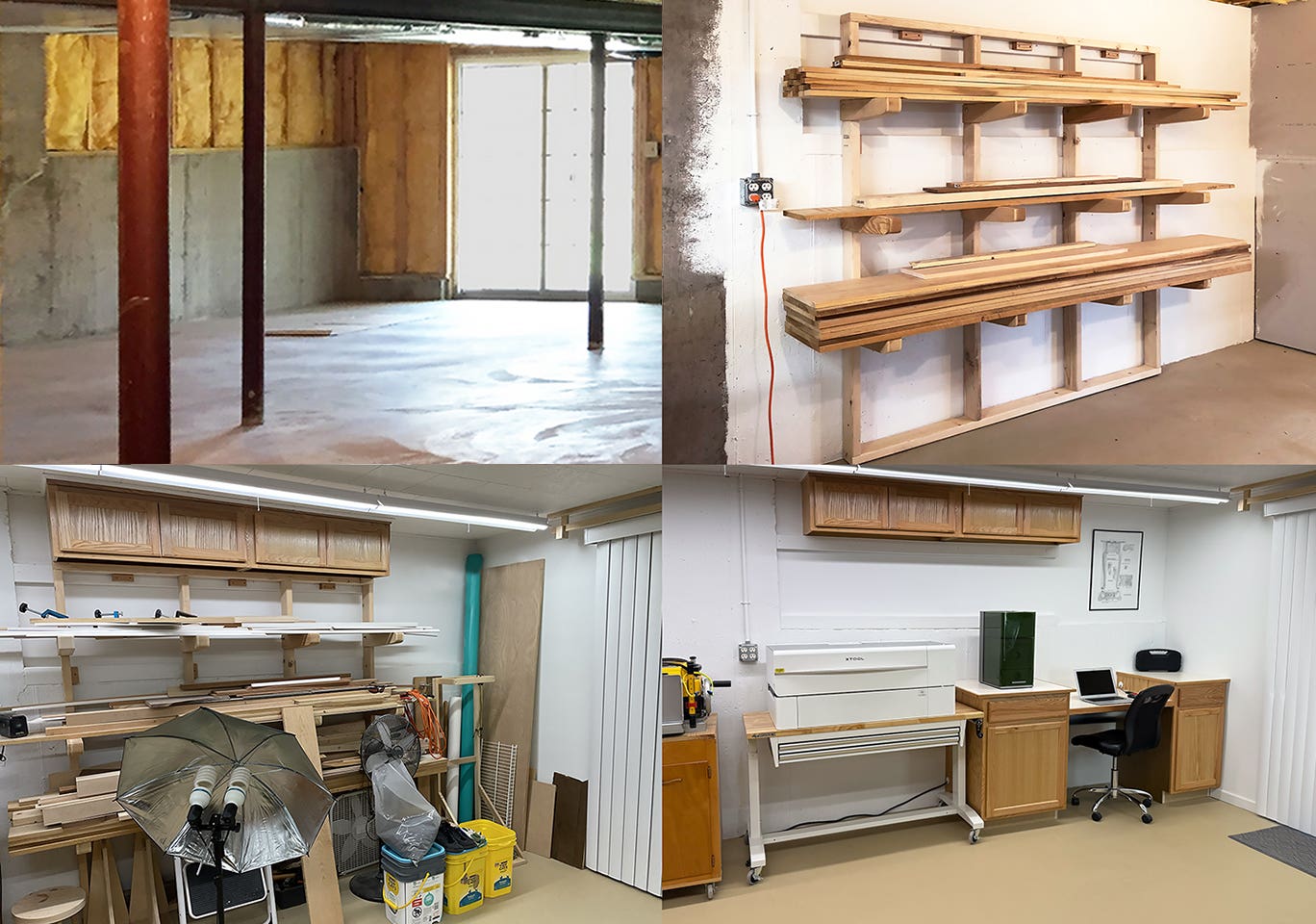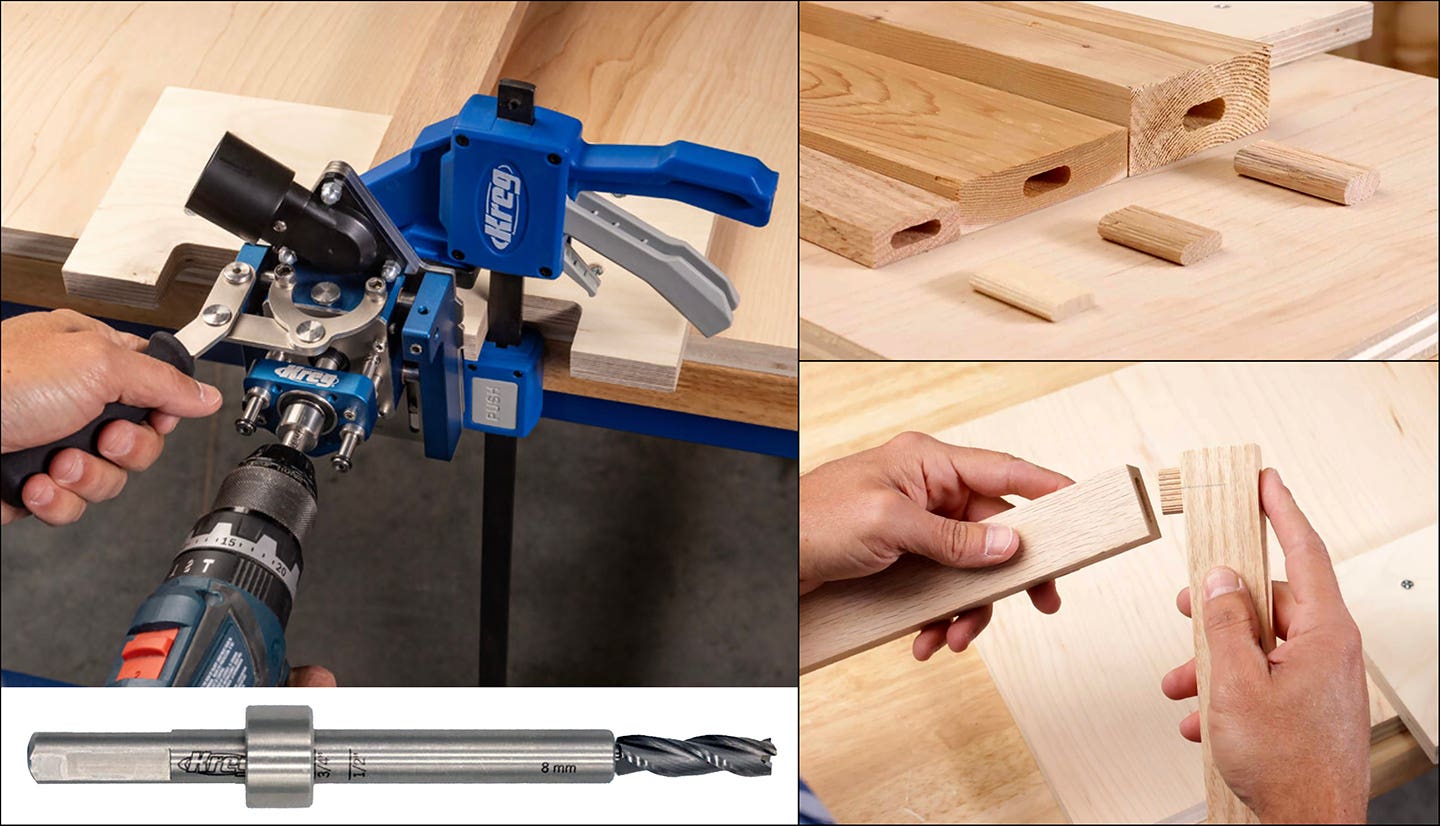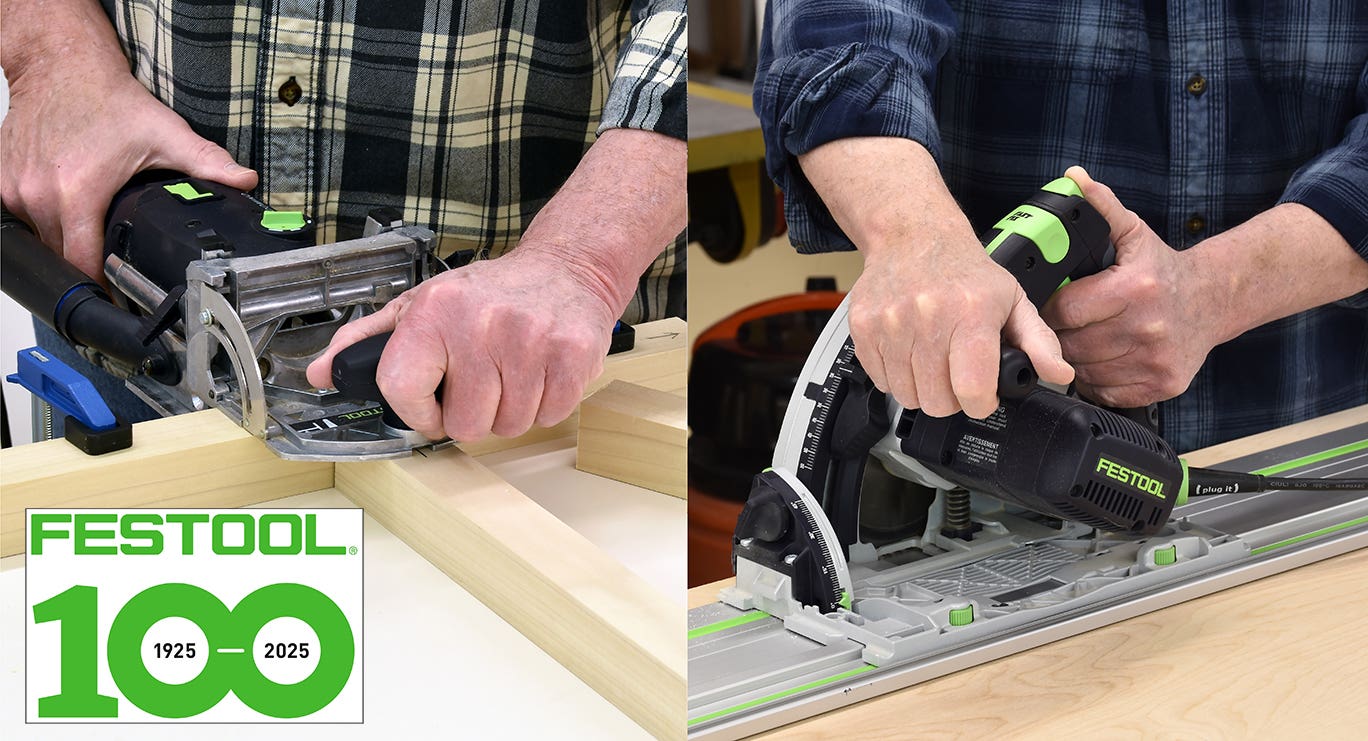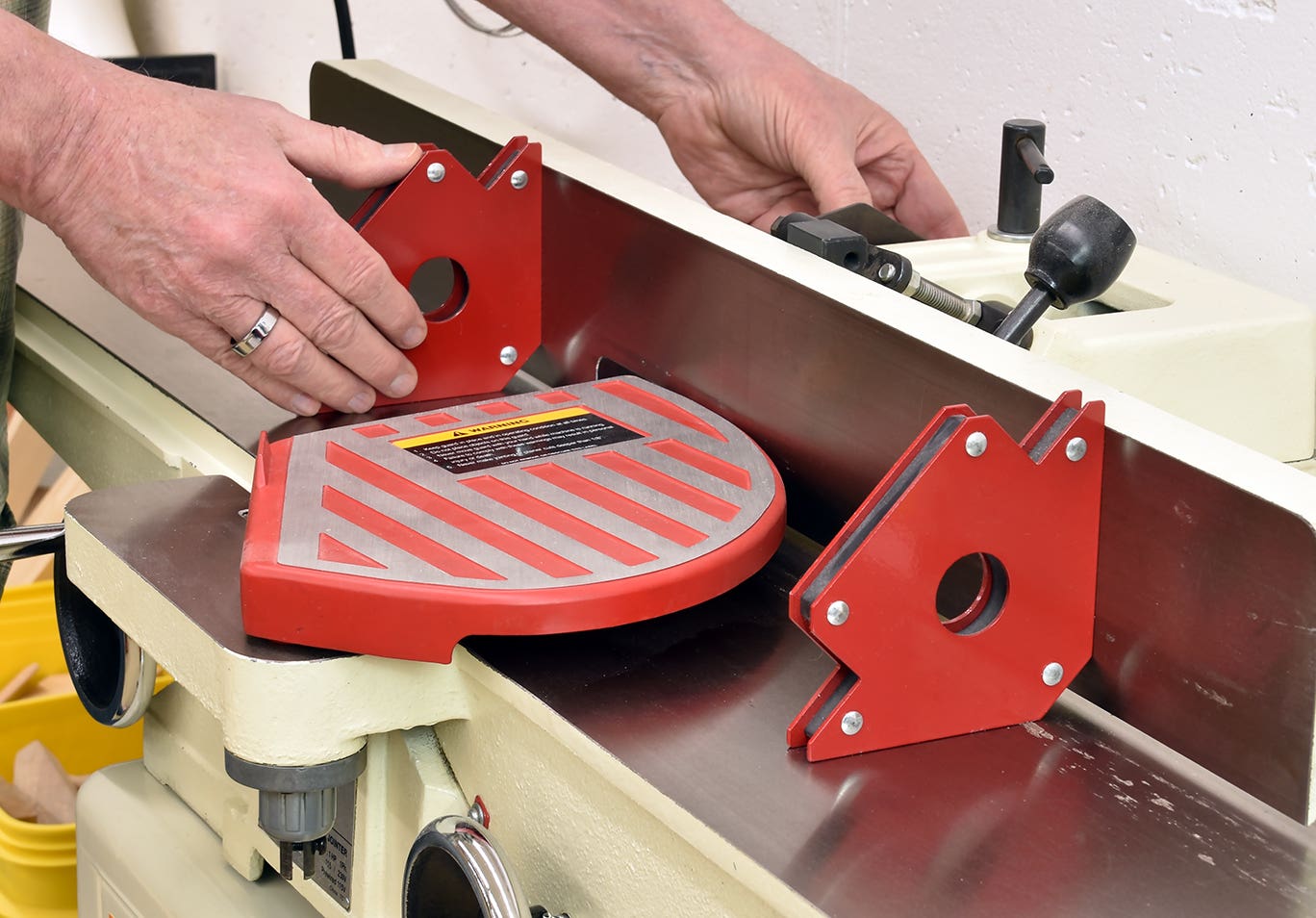Joinery justification
The most beautiful woodworking joints are usually showcased for all to see. Except when they’re not.
The most beautiful woodworking joints are usually showcased for all to see. Except when they’re not.
If you can cut exquisite joinery, by all means make it the focal point of your project. But sometimes craftsmen of old used intricate joints that were never intended to be seen. That’s the case with the way one particular Japanese house was made a century ago.
My friend Yoav Liberman is a big fan of reclaimed lumber, so it was no surprise that he’d post a link to a YouTube video highlighting the dismantling of an old house in Japan. As the house’s frame is taken apart, you can see numerous painstaking – and incredibly intricate – joints that must have made this house as solid as a proverbial rock.
You can see just one example in the above photo. This joint formed the corner of one piece of framework, and was held together by a pair of wooden pins – pulling the pins out with locking pliers releases the joint as smoothly as it was assembled a century ago. I can’t imagine where or how you’d begin to cut a joint a like this, much less doing so such that it slips together perfectly… and then do it several dozen more times in the same structure.
I won’t say that skill like this doesn’t exist anymore, because it most definitely does. But I am certain of two things: You don’t get an opportunity to see joinery like this much anymore, and never in a million years would I ever be able to duplicate such a feat. The best I could do is envy the craftsmanship, and appreciate that I got to see it in my lifetime.
A.J. Hamler is the former editor of Woodshop News and Woodcraft Magazine. He's currently a freelance woodworking writer/editor, which is another way of stating self-employed. When he's not writing or in the shop, he enjoys science fiction, gourmet cooking and Civil War reenacting, but not at the same time.







